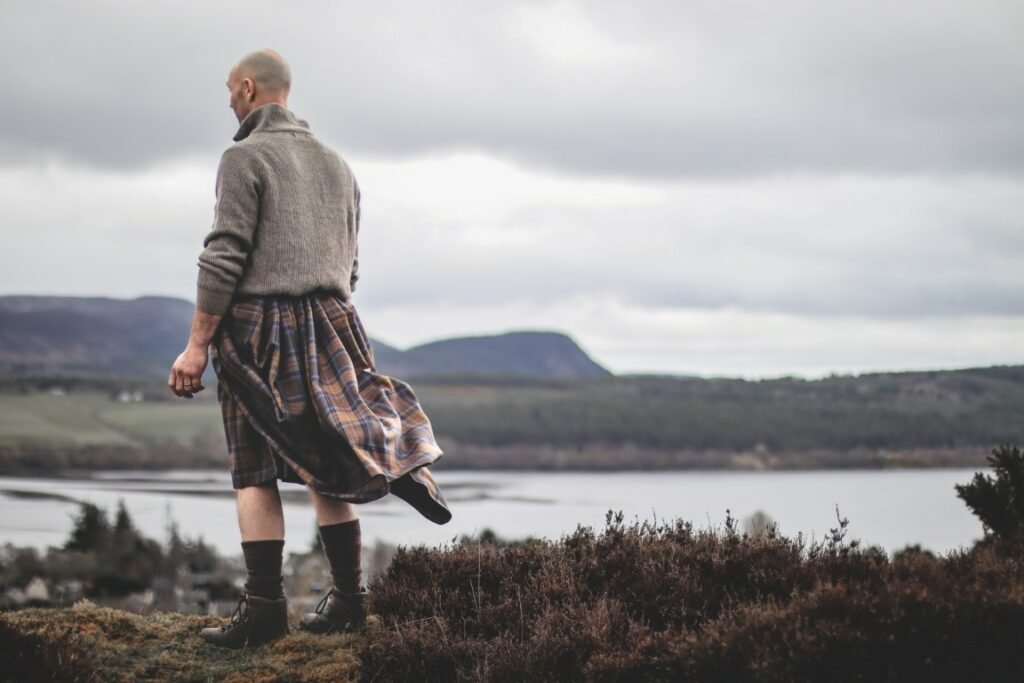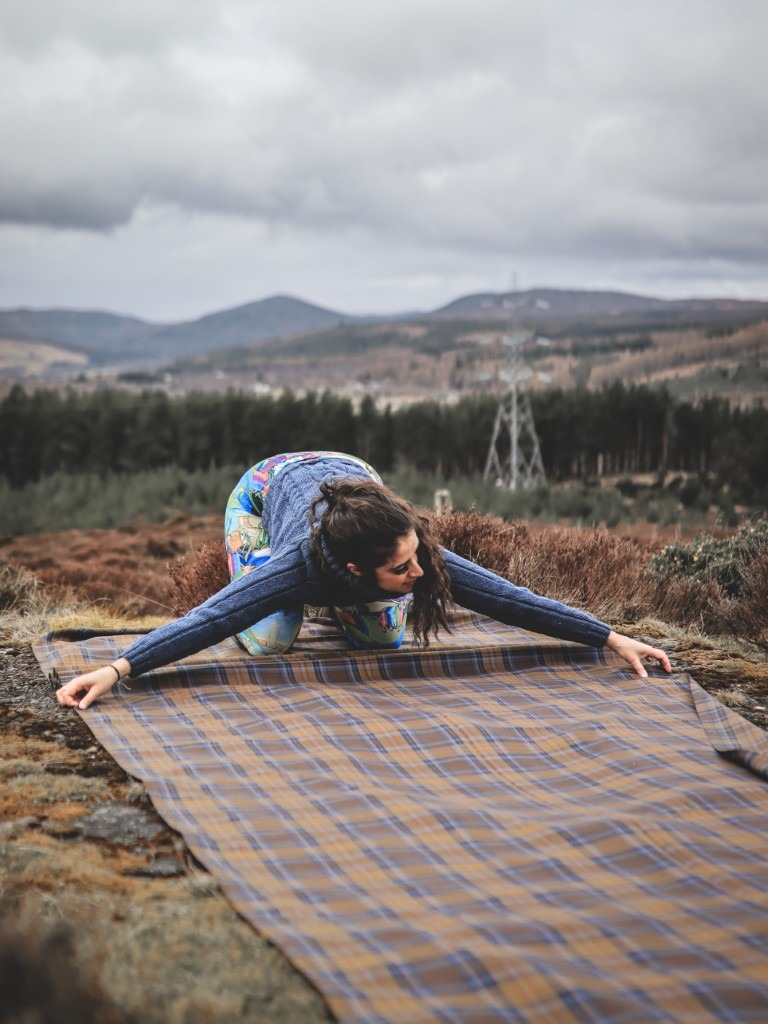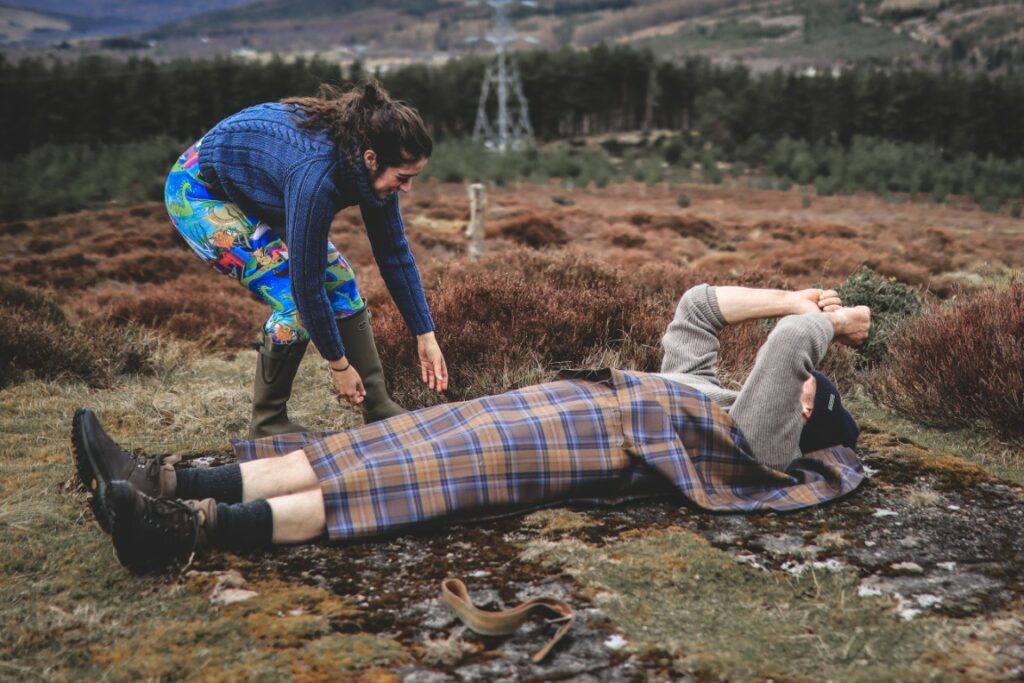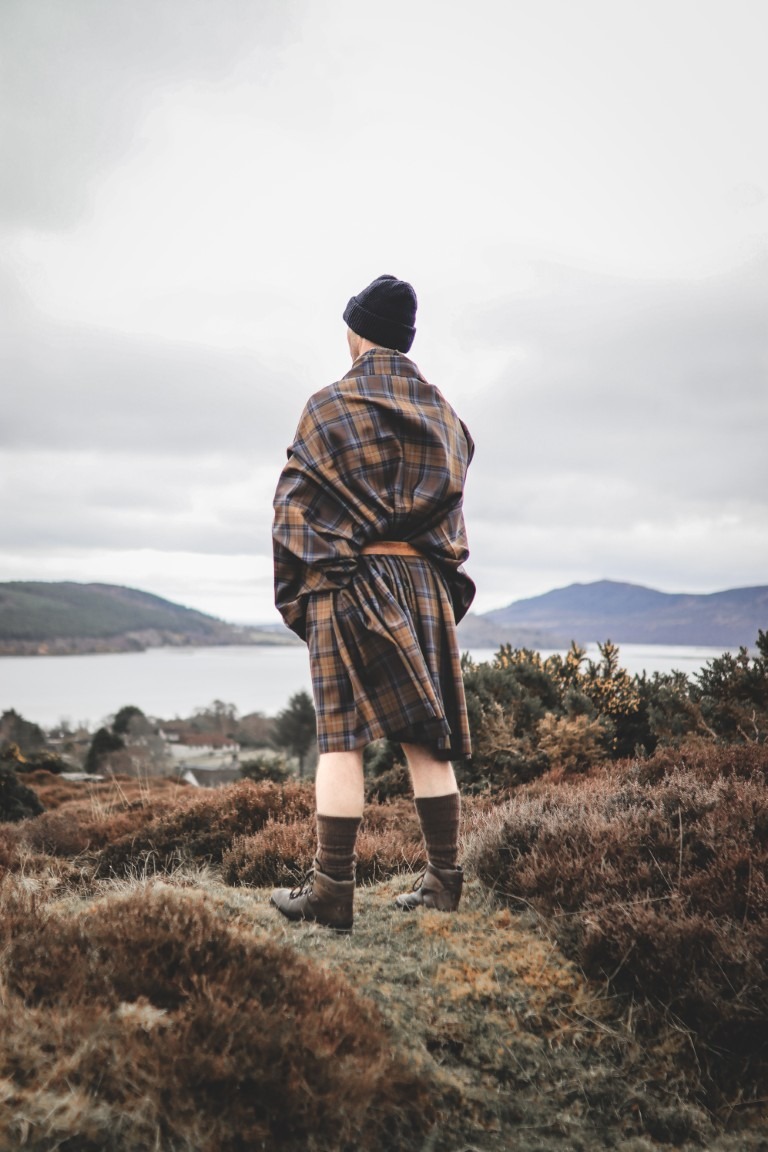What’s Involved in Making a Scottish Great Kilt

The Scottish Great Kilt has experienced a notable resurgence in popularity over the past decade, and I suspect the hit TV series Outlander may have played a part in that, with people falling in love with the flowing folds, deep pleats, and heritage-rich style of this iconic garment. But what many don’t see is the careful craftsmanship involved in creating a traditional Highland kilt from scratch.
At Thistle & Cloth, each Scottish Great Kilt made is a celebration of Highland tradition, created by hand, using time-honoured methods and beautiful wool tartans. Here’s a closer look at what’s involved in making one of Scotland’s most recognisable pieces of Highland clothing.
Choosing the Fabric for a Scottish Great Kilt
A Scottish Great Kilt typically starts with four metres of double-width wool tartan, measuring around 150cm across. The choice of fabric is important. While thick tweeds can look impressive, they’re not always that easy to work with. A medium-weight wool or wool blend offers the best combination of structure, softness, and flow, perfect for achieving the traditional drape and swing of the great kilt.
We work closely with Scottish mills to source tartans that reflect both clan heritage and contemporary style. Each bolt of cloth carries its own story, and that’s part of what makes the kilt so special.
Measuring, Marking and Pleating

Once the fabric is chosen, measurements are taken to figure out how the kilt will sit on the wearer, which is usually just above the waist. That waist measurement is used to divide the cloth into three key areas:
- The front apron
- The back apron
- The central pleated section
The pleating process is where much of the artistry comes in. The fabric is folded by hand, with careful attention to depth and spacing. If the pleats are too deep, the fabric becomes bulky and difficult to wear. Too shallow, and the final look loses its volume and shape. Every pleat contributes to the overall balance of the Scottish Great Kilt, and no two kilts are ever the same.
Wrapping and Securing the Scottish Great Kilt

Traditionally, a Scottish Great Kilt is pleated flat on the ground, then wrapped around the wearer’s body while lying down. The unpleated sections of tartan are folded over the front, and a belt is passed underneath the back before being fastened at the waist. When the wearer stands, the pleats should fall naturally into place, creating the structured, iconic shape and drape of the great kilt.
Styling the Upper Section of a Great Kilt
Next is the slightly tricky bit, as there are several options. One of these is the old-fashioned “Highland way” favoured by Highlanders centuries ago to keep the harsh Scottish weather at bay. This can be achieved by simply lifting the top layer up over the shoulders and wearing it rather like a shawl!
The other option, more commonly worn these days, is created by taking the top layer from each side and carefully folding it, first back on itself, and then around to the back and tucked in!
If you’re up for a challenge, you can create pockets by folding the front sections back. It might take a couple of tries to get it just right, but don’t be discouraged, practice truly does make perfect!
Sneak Preview
I’ll be sharing more soon, but here’s a little peek of me prepping some cloth to get started. All of these images are taken locally in the Highlands of Scotland. I am so blessed to have such scenery on my doorstep! I’d love to see your attempts as well. If you’ve made a Great Kilt before, feel free to share your photos in the comments.

Let’s keep the tradition alive together!
